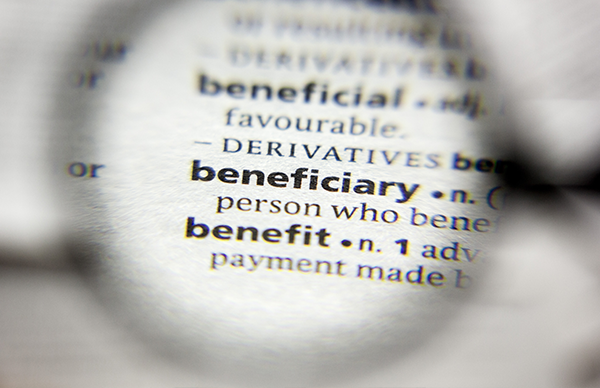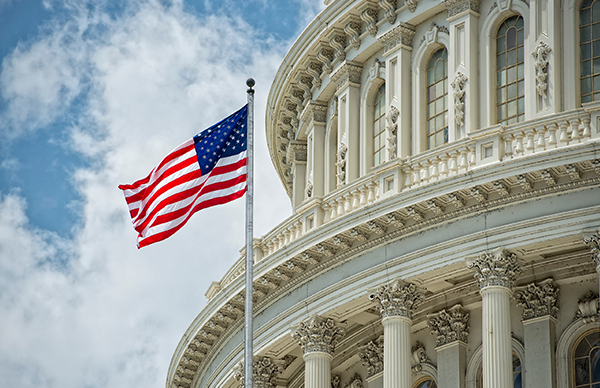A crucial requirement for 401(k) plans is that the plan must be designed so it does not unfairly favor highly compensated employees (HCEs) or key employees (such as owners) over non-highly compensated employees (NHCEs). To satisfy this requirement, the IRS requires that plans pass certain nondiscrimination tests each plan year. These tests analyze the rate at which HCE and key employees benefit from the plan in comparison to NHCEs. Failed tests can result in costly corrections, such as refunds to HCEs and key employees or additional company contributions. Luckily for plan sponsors, there is a plan design option – a safe harbor feature, that allows companies to avoid most of these nondiscrimination tests.
To be considered safe harbor and take advantage of the benefits afforded to safe harbor plans, there are several requirements that must be satisfied. Below we will take a look at the key characteristics of a safe harbor plan.
The plan must include one of the following types of contributions. The chosen formula is written in the plan document, and with the exception of HCEs, must be provided to all eligible employees each plan year. Please note that additional options, not covered here, are provided for plans that include certain automatic enrollment features.
- Safe Harbor Match: With this option, the company makes a matching contribution only to those employees who choose to make salary deferral contributions. There are two types of safe harbor matching contributions:
- Basic Safe Harbor Match: The company matches 100% of the first 3% of each employee’s contribution, plus 50% of the next 2%.
- Enhanced Safe Harbor Match: Must be at least as favorable as the basic match. A common formula is a 100% match on the first 4% of deferred compensation.
- Safe Harbor Nonelective: With this option, the company contributes at least 3% of pay for all eligible employees, regardless of whether the employee chooses to contribute to the plan.
Unlike company profit sharing or discretionary match contributions, safe harbor contributions must be 100% vested immediately. In addition, the contribution must be provided to all eligible employees, even those who did not work a minimum number of hours during the plan year or who are not employed on the last day of the plan year.
In most cases, an annual safe harbor notice must be distributed to plan participants within a reasonable period before the start of each plan year. This is generally considered to be at least 30 days (and no more than 90 days) before the beginning of each plan year. For new participants, the notice should be provided no more than 90 days before the employee becomes eligible and no later than the employee’s date of eligibility. The safe harbor notice informs eligible employees of certain plan features, including the type of safe harbor contribution provided under the plan.
If all safe harbor requirements have been satisfied for a plan year, the following nondiscrimination tests can be avoided.
- Actual Deferral Percentage (ADP): The ADP test compares the elective deferrals (both pre-tax and Roth deferrals, but not catch-up contributions) of the HCEs and NHCEs. A failed ADP must be corrected by refunding HCE contributions and/or making additional company contributions to NHCEs.
- Actual Contribution Percentage (ACP): The ACP test compares the matching and after-tax contributions of the HCEs and NHCEs. A failed ACP must be corrected by refunding HCE contributions and/or making additional company contributions to NHCEs.
- Top Heavy Test: The top heavy test compares the total account balances of key employees and non-key employees. If the total key employee balance exceeds 60% of total plan assets, an additional company contribution of at least 3% of pay may be required for all non-key employees. It is important to note that a plan will lose its top heavy exemption if company contributions, in addition to the safe harbor contribution, are made for a plan year (e.g., profit sharing or discretionary matching contributions).
So, how do you know if a safe harbor plan is a good fit for your company? As discussed above, the primary benefit of a safe harbor plan is automatic passage of certain annual nondiscrimination tests. If your plan typically fails these tests, resulting in refunds or reduced contributions to HCEs and key employees, your company may benefit from a safe harbor feature. Predictable annual contributions also provide a great incentive for employees to save for their retirement. However, if you do not currently offer an annual match or profit sharing contribution to your employees, a safe harbor formula may significantly impact your company’s budget. Except for a few limited exceptions, safe harbor contributions cannot be removed during the plan year, so it’s important that a company is able to fund these required contributions. As with all things qualified plan related, the key is working with an experienced service provider who can design a plan to suit your company’s needs!
© 2021 Benefit Insights, LLC. All Rights Reserved.







